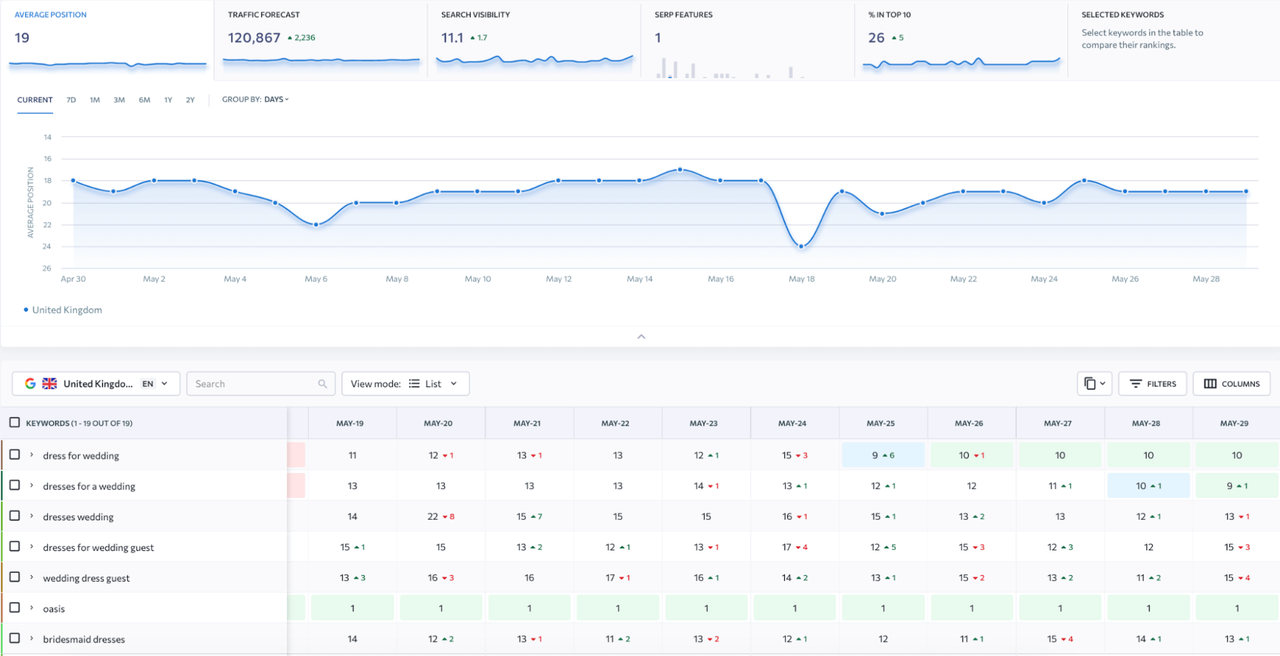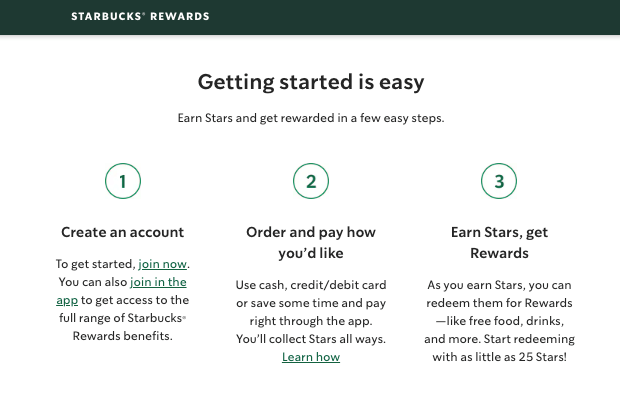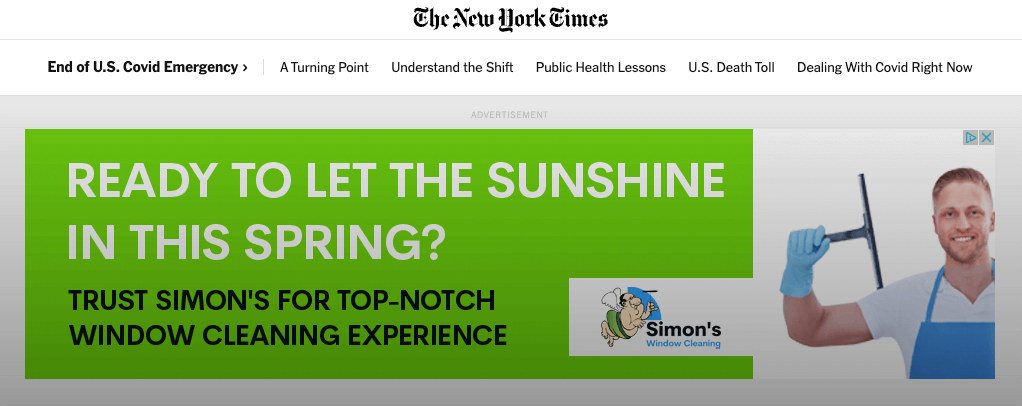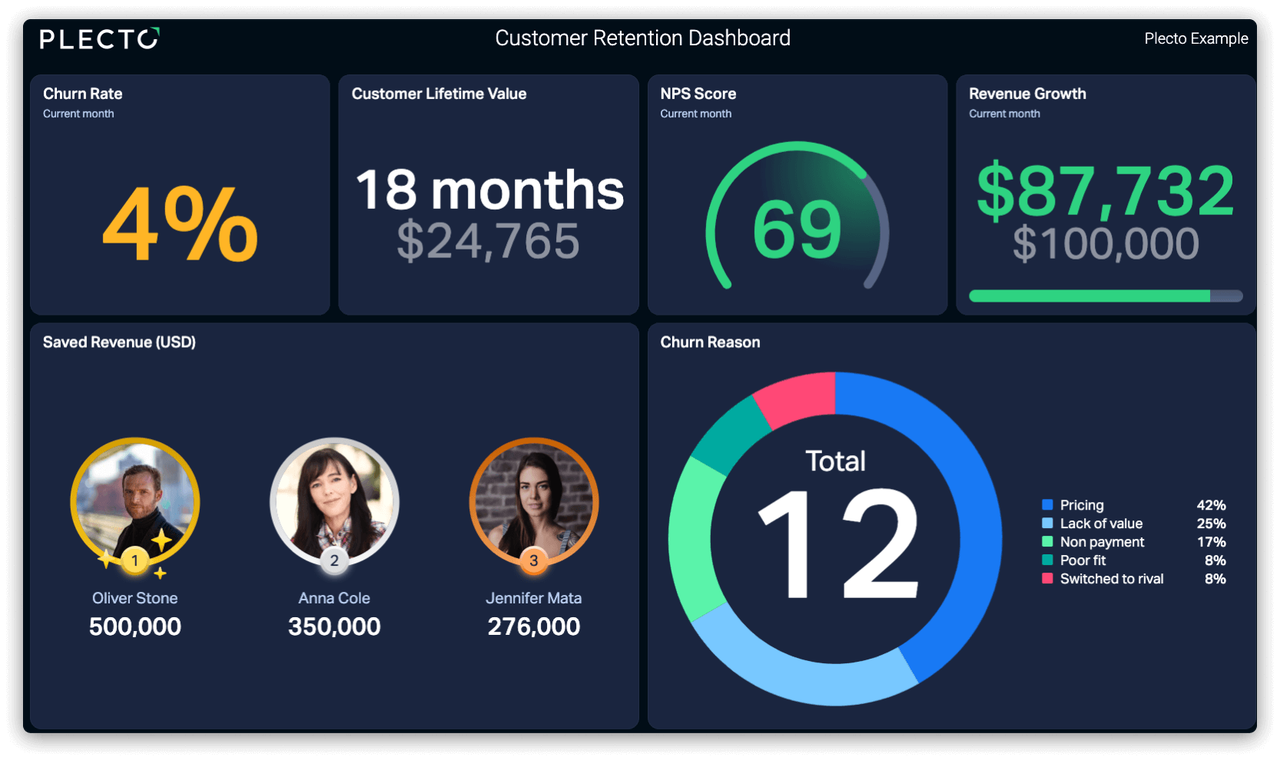Customer retention is one of the most challenging tasks for today's companies, regardless of industry. Nowadays, customers have many offers, and sometimes a tiny detail can make them leave for a competitor. But keep your head up! There are several proven ways to make your clientele stay with you for longer. Read this article to learn valuable strategies for winning back lost customers.
What is a customer win-back strategy?
A win-back strategy, also known as a reactivation or re-engagement campaign, is designed to re-engage lost or inactive customers. It employs various methods, including rewards and special offers, to encourage customers to renew their interest in a company's offerings.
This strategy is typically used when a company experiences low customer retention rates or a significant number of inactive customers, but it can also be used as a regular preventive measure. It can target various customer segments and has proved effective for customers who have not made a second purchase, potential customers who have abandoned their shopping carts, and even those who have previously canceled their paid subscriptions.
Companies worldwide are eager to invest in a customer win-back strategy because it is proving to be a more cost-effective method than customer acquisition. In fact, research indicates that:
- boosting customer retention rates by a mere 5% can lead to a significant profit increase ranging from 25% to 95%.
- the chances of making a sale with a current customer range from 60% to 70%, whereas the likelihood of selling to a potential new customer falls between 5% and 20%.
3 Aspects to Consider in Winning Back the Right Customer
To effectively re-engage lost customers, there are three key aspects to consider:
1. Segmenting customers by reasons for churn
Understanding the reasons for churn is the first step in making informed decisions about how to win customers back. This information provides insights into how to re-attract customers and offers valuable lessons on what to improve to prevent more customers from leaving in the future. Segmenting customers based on similar characteristics and reasons for churn allows you to devise a strategy tailored to specific churn reasons. For instance, you might employ different strategies for customers dissatisfied with customer service versus those concerned about product quality. It's crucial to demonstrate to your customers that their concerns are understood.
2. Implementing customer feedback in product development
Customer feedback is a rich source of information that can guide the evolution of your products and services to meet customer needs effectively. Adapting your offerings based on customer feedback and expectations shows that you understand your customers and are responsive to their needs. It also provides a knowledge base for diversifying your offerings to attract new customers and stand out.
3. Using behavior data to design a customer win-back strategy
Customer data is a veritable treasure trove of knowledge for any company. Information gathered from diverse sources, such as online tracking, surveys, and social media monitoring, offers insights into how customers interact with your product or service. This data can reveal what aspects work well and what areas require improvement. For example, it could highlight when most people abandon their shopping carts. Analyzing this data allows you to identify influencers and patterns in customer buying behaviors, which can guide the development of a robust customer retention or win-back strategy.
Build your first dashboard.
Start your 14-day free trial today
7 Key Strategies for Winning Back Lost Customers
Let's now delve into the essential tactics for winning back lost customers.
1. Show your expertise with SEO help
When a "lost customer" searches for a product or service within your business domain on Google, they are most likely to engage with the results that appear on the first page of the Search Engine Results Page (SERP).
If your website doesn't appear among the top results, potential customers may perceive your business as less credible and opt for one of your competitors' sites instead. The statistics show that more than a quarter of people choose to click on the first result displayed in a Google search. Therefore, if you want to avoid losing customers, it is crucial to pay attention to SEO. If your pages are not ranking well for your desired keywords, it's time to optimize your site. To prevent being outranked by your competitors and losing customers, you should constantly monitor your keyword positions on Google and your site's performance in search engine rankings. You must quickly adjust your SEO strategy accordingly if you identify any areas that need improvement. Tools like the SE Ranking keyword tracking tool can be beneficial in this regard, allowing you to identify top keywords, detect drops in rankings, and check how your pages perform against competitors.

Source: SE Ranking, Dashboard of Keyword Rank Tracker Tool by SE Ranking
Moreover, understanding search intent can enhance your likelihood of regaining customers. Tools like Google Search Console allow you to see how customers discover your business on Google. The inquiries of your target audience can offer crucial insights that can be incorporated into your strategy and used to customize your content to meet specific requirements.
In doing so, you can portray your business as one that is in tune with its customers and fortify your status as an authority in your field.
2. Try to solve customers' issues before they leave
To minimize customer attrition, it's crucial to anticipate any challenges they might face and address them proactively before they decide to leave. Statistics indicate that only 1 out of 25 customers typically reports their complaints, underscoring the importance of understanding their perspective.
One effective method to gather feedback is to invite customers to fill out surveys or give reviews. You can contact them, encouraging them to complete these reviews or surveys. The feedback you gather will provide valuable insight into areas of dissatisfaction, allowing you to address specific customer pain points.
Consider this scenario: if you discover that most of your customers are leaving due to poor customer service, the solution might be to implement more effective training programs to enhance customer relations. If many customers leave negative feedback about a specific product or service, maybe it's time to make improvements that align with their requirements.
Regardless of the reason, it would help if you got to know what aspect of your business needs improvement and address the problem promptly. By doing so, you will not only retain dissatisfied customers but can also improve the experience for every new customer.
If the problem proves to be severe: for instance, if an employee behaved rudely or a specific product had serious flaws, it's worth taking some other steps. The best solution would be to acknowledge your mistake and offer an apology. It would help if you also considered compensating the customer for any loss or inconvenience they experienced. For example, if you provide software on a monthly subscription basis and your system was non-operational for a few days, consider reducing the cost for the downtime or offering a discount for the following month. This step can transform dissatisfied customers into loyal ones, as they will appreciate your commitment to rectifying any issues.
3. Reward customer loyalty
Another approach to help you retain customers is to implement a strategy that rewards existing customers. Loyalty programs give customers compelling reasons to shop with you consistently, and they can also encourage customers to refer their friends. This strategy can not only broaden your customer base but also foster the creation of repeat customers.
Loyalty programs can include a variety of benefits, such as free shipping, early access to new products or sales, special discounts, gift cards, or personalized offers. It's creativity that counts, and it can give you a competitive edge. Research conducted by Visa and Bond revealed that 64% of participants in loyalty programs tend to shop more often and increase their spending to accumulate more points.
One of the most interesting examples of successfully implementing this type of strategy is Starbucks' loyalty program, to which attributes 40% of the company's total sales to.

Source: https://www.starbucks.com/rewards
How Starbucks loyalty program works
According to a CNN report, by October 2022, Starbucks had amassed 28.7 million active loyalty program members, a 16% year-on-year increase. So, it's not only a way to minimize the risk of customers leaving for competitors but also a way to ensure steady revenue for the company.
4. Win back website visitors with retargeting ads
Retargeting ads are likely one of the first strategies marketers think of when contemplating ways to win back customers. And for a good reason – it's an effective method for re-engaging customers who have interacted with your brand's content but haven't made a purchase or those who haven't bought anything new in a long time. Mailchimp says that 97% of visitors who leave a website never return, posing retargeting as a powerful tool for converting these "missed opportunities" into potential customers.
For those unfamiliar with the concept, retargeting ads display products or services that individuals have previously viewed but not purchased.
These ads function by tracking the behavior of customers who visit or engage with your content, then display ads when they visit other sites or use certain apps.
For instance, if a customer visits a clothing site and spends a significant amount of time looking at a particular product without making a purchase, they may later see an ad for that specific product on their social media feed.
Or if you've been looking for a window cleaning service recently, all of a sudden, there are offers related to it on your favorite news portal.

Source: The New York Times, Example of retargeting ad
Moreover, retargeting can be especially effective when you tailor it to the reasons why customers churn. You can develop personalized retargeting campaigns by using the information you've gathered about why customers are leaving. It might involve informing them about updates, new features, or new products that better suit their needs.
5. Teach rather than sell
In today's market, consumers expect more than just a product or service; they seek additional value. This is especially true for younger generations, who are more conscious of the companies they support. According to a report by First Insight, 73% of Generation Z are willing to pay an extra 10% for products that align with their values and political beliefs.
But alignment with values isn't the only form of value that modern customers seek. They also appreciate what a company can offer beyond its paid products or services. It is here that content marketing becomes crucial.
Creating content that educates customers on addressing critical problems can earn your brand recognition and foster customer loyalty. However, it's essential to remember that each target audience is unique, and it's worth it to analyze which type of content resonates most effectively with your specific audience. By studying customer engagement with your content, you can discern which topics and formats warrant further investment.
Finally, identifying the right distribution channels for your content is crucial for reaching existing, new, and lost customers. Utilizing the appropriate platforms ensures that your valuable content reaches the audiences that will benefit most from it.
6. Share something new
When it comes to attracting attention, novelty often plays a significant role. This principle is easily observed in shopping behaviors; we are instinctively drawn to items marked as "NEW." Our brains are wired to categorize familiar items, often causing them to fade into the background. However, the allure of something new disrupts this monotony, commanding our attention.
This understanding can prove beneficial when strategizing ways to win back customers. Introducing something new—a product, service, or feature—can rekindle a customer's interest. However, it is essential to ensure that this new offering genuinely adds value to the customer and aligns with their needs and interests. It can be achieved by utilizing data from customer surveys and feedback to ensure that the novelty isn't merely a "new" label but is a sincere effort towards addressing customer needs and improving their experience.
7. Offer special promotions or incentives
One of the most effective strategies for winning back lost customers is offering them special deals.
When attempting to regain customers, you could, for instance, offer them a chance to repurchase a product they've previously bought at a discounted price, provide them with complimentary items, or propose a lower price if they purchase multiple items. If the lost customers find these offers appealing, there's a higher probability that they will remain with your brand for an extended period without turning to your competitors. However, suppose the primary attraction was a lower price, and you reverted to standard fees after one promotional offer. In that case, there's a risk that these customers will again seek more attractive deals from your competitors.
Another strategy that can be implemented is to invite your customers to online events that might be interesting for their niche and to improve their networking.
You can also integrate discounts with the strategies we've discussed above. For instance, you could offer discounts on products left in an abandoned shopping cart with retargeting ads.
Summary
Winning back lost customers is a multifaceted task that can be approached in various ways. The optimal strategy often involves amalgamating all the tactics, doing careful testing to discern what resonates with your customer base, and then focusing on those tactics that have proven effective. Every business is unique, just as every customer group has distinct characteristics. Therefore, it's prudent to customize your efforts to align with the specific needs of both your business and, most critically, your customers. We wish you success in your endeavors!
About the author: Natalia Piskorovska is an Outreach Specialist at SE Ranking. She really likes to be involved in content creation and promotion. In her spare time, she never misses a chance to have a good conversation with someone over a cup of coffee!




